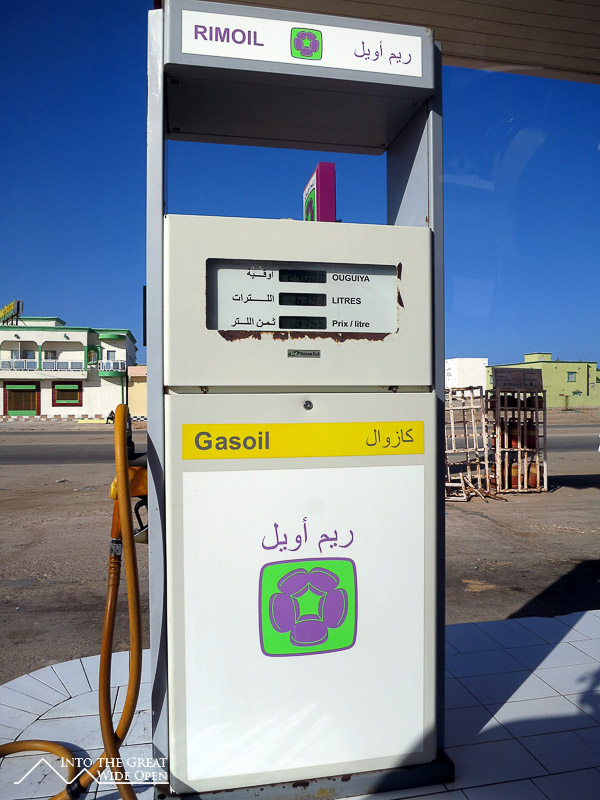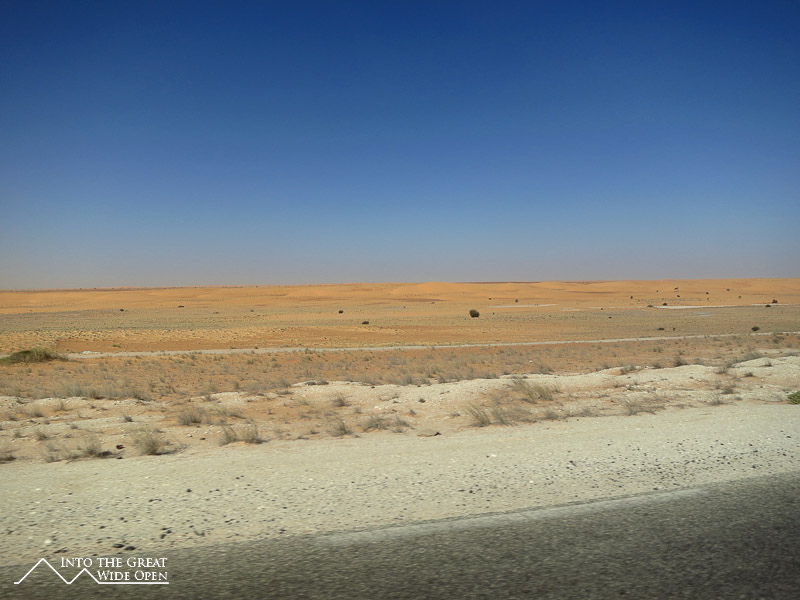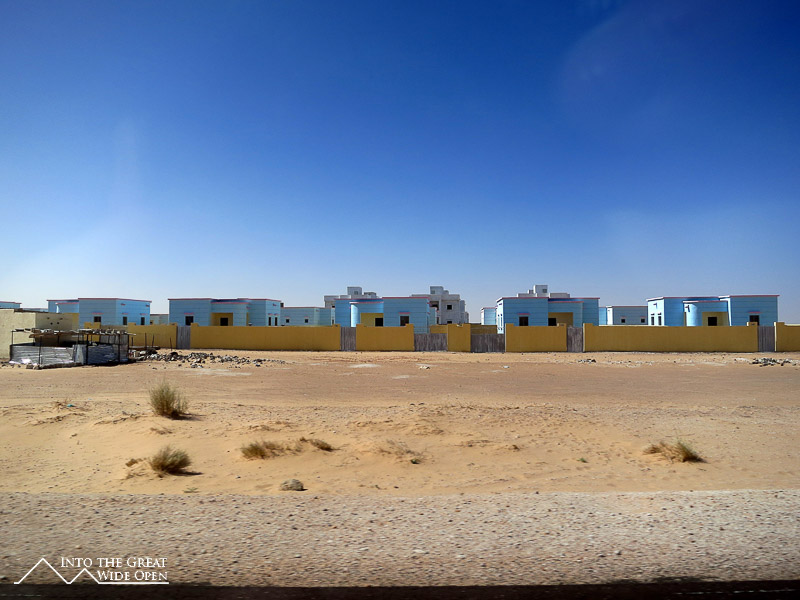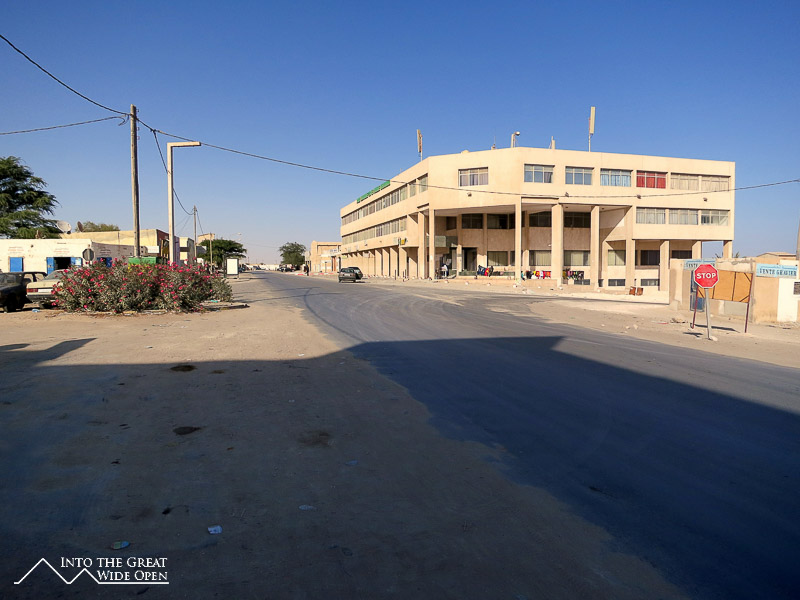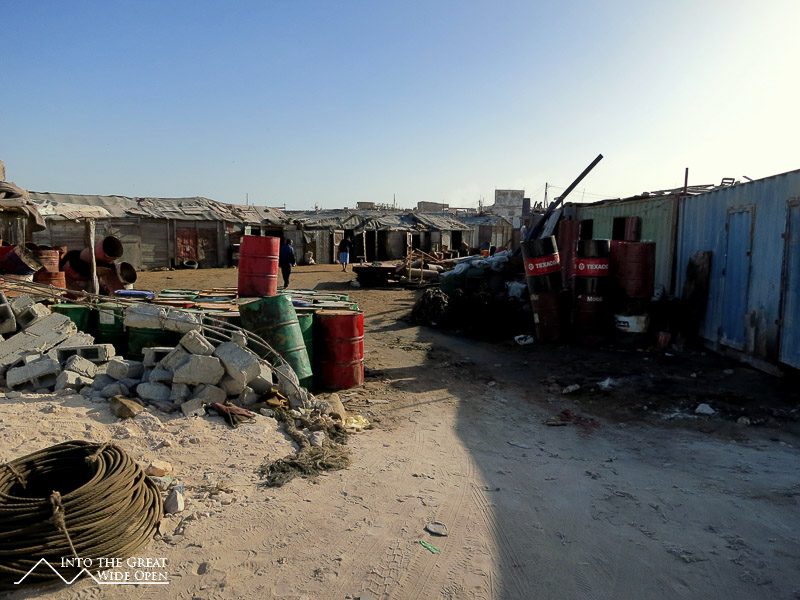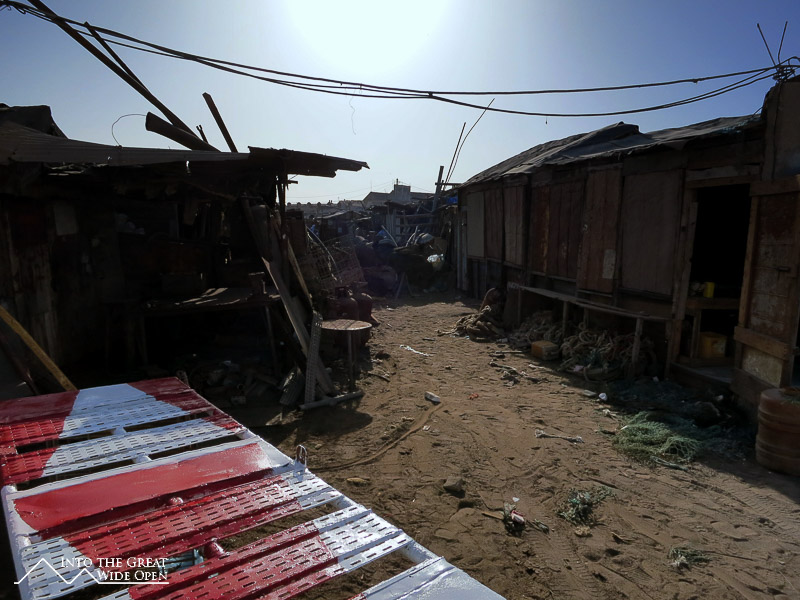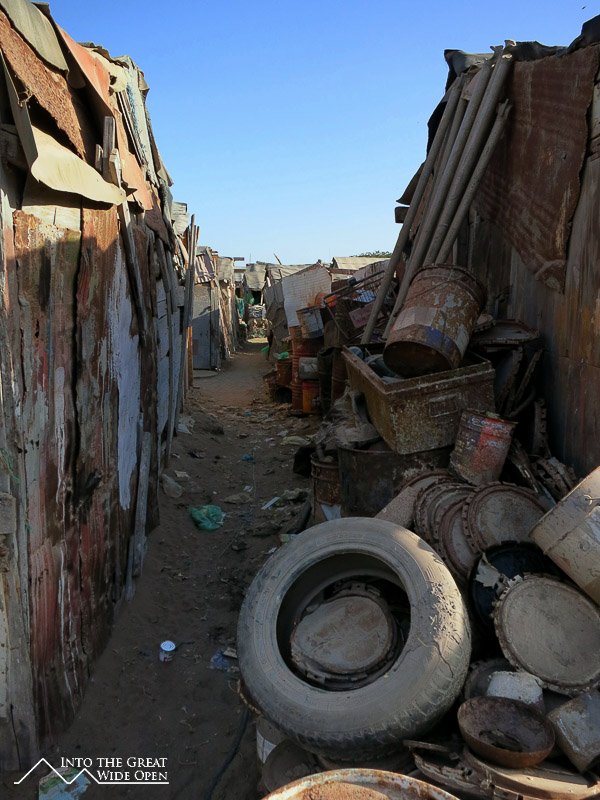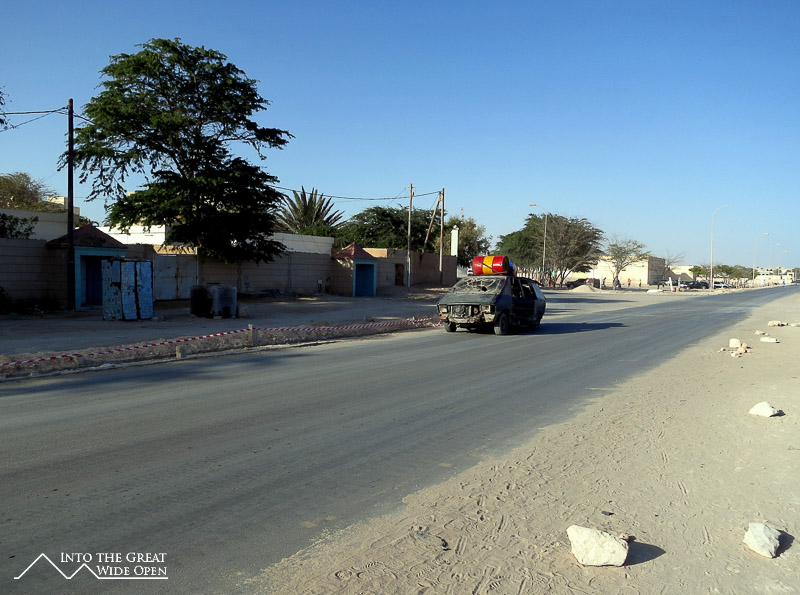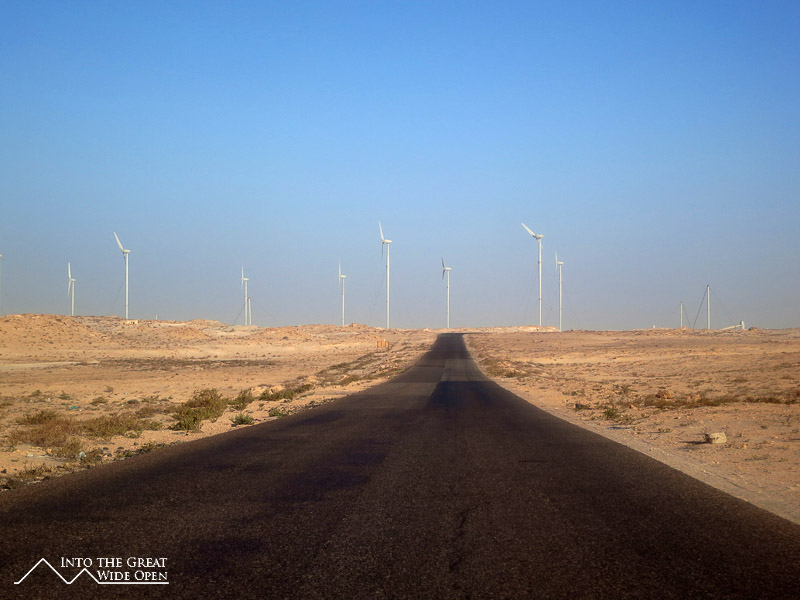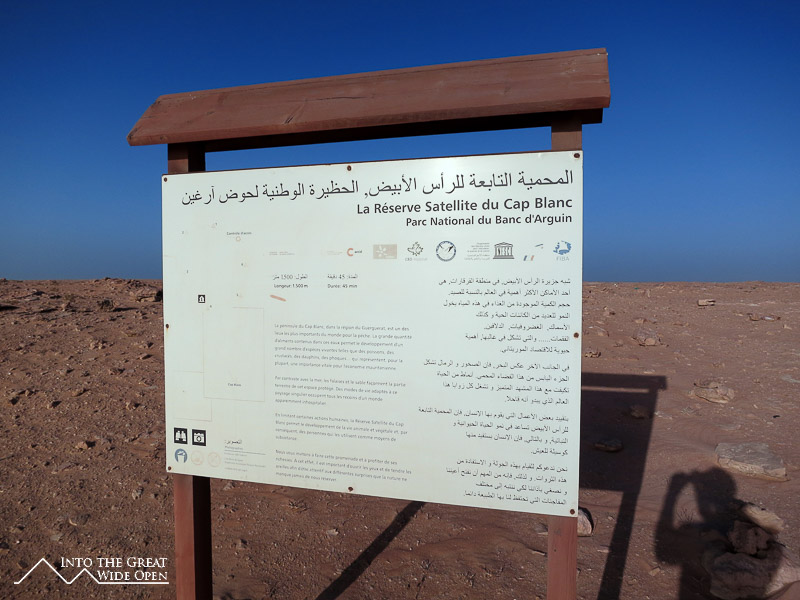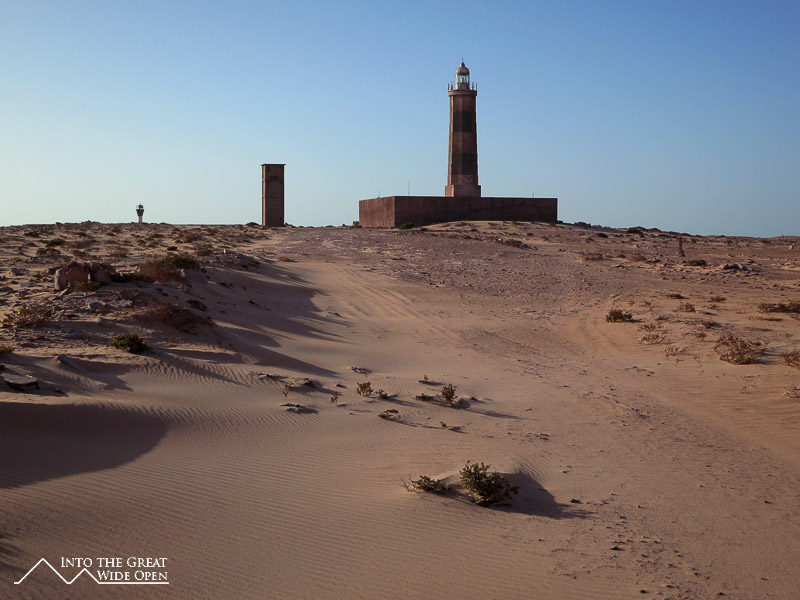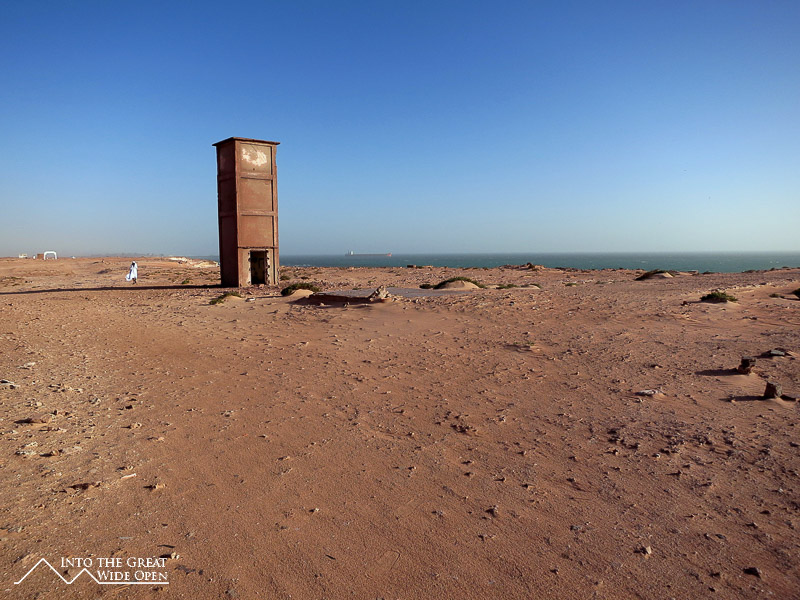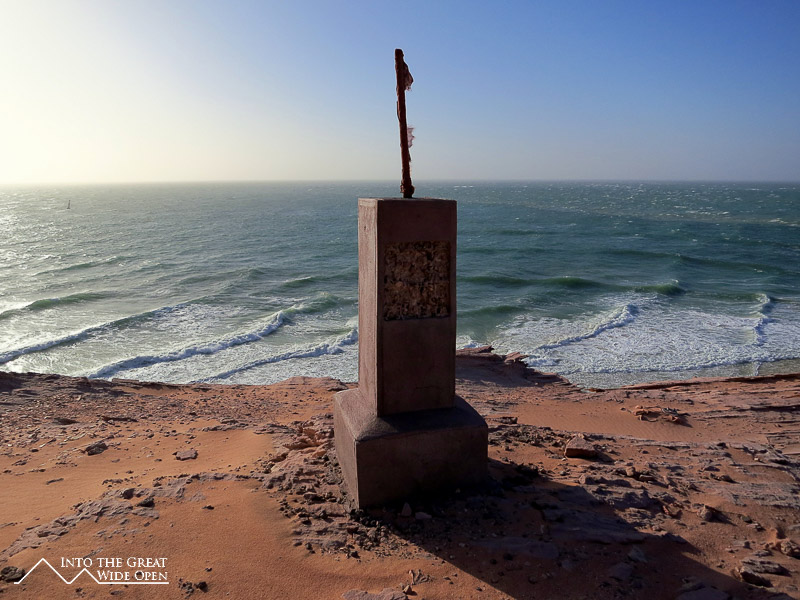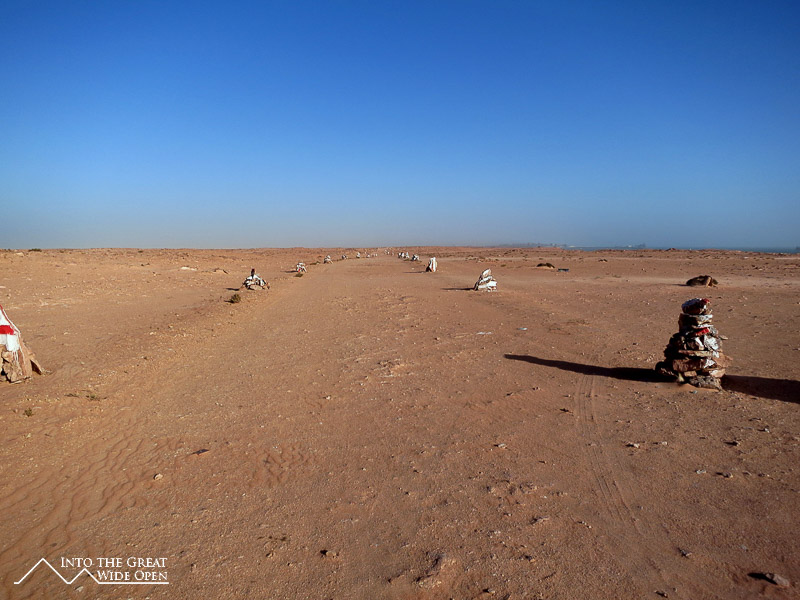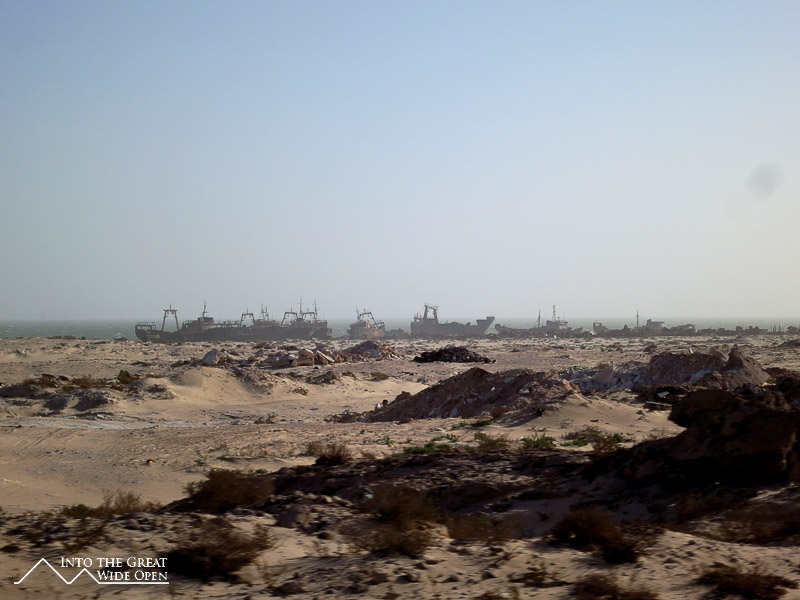Nouadhibou, Mauritania
At the End of the Road
December 30, 2012
If your time to you is worth savin’
Then you better start swimmin’ or you’ll sink like a stone
For the times they are a-changin’
- Bob Dylan
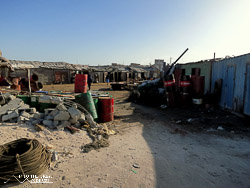
There really isn’t much reason to go to Nouadhibou. It sits at the end of narrow peninsula that juts southwest from the mainland. There are no museums or other tourist attractions. It is the type of place that you actually have to go out of your way to get to. It used to have more significance as a transit point between Western Sahara and Mauritania before the road to Nouakchott was resurfaced. The road improvements meant that in one long day it would be possible to drive from Dakhla to Nouakchott. Perhaps since then Nouadhibou has deteriorated. I have the feeling that it was always this bad. It almost feels like the world already ended here and this is what was left.
Since there is only one road from Nouakchott to Nouadhibou the transport was rather straight forward. Even though there were no other routes to take there were about 8 police or military checkpoint along the way. At each one I, and I alone had my passport inspected and the data recorded. Maybe this close watch on foreigners was due to the ongoing conflict between Mauritania and the African arm of Al Qaeda, Al Qaeda in the Islamic Maghreb, far out in the isolated eastern desert regions of the country. There were no problems at any of the checkpoints just lots of delays; they aren’t used to seeing many foreigners here without their own vehicles.
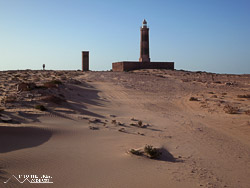
The last two checkpoints were the exception. There, the driver of the van and the other passengers pulled the curtains closed and told me that if the police or military saw me it would create a lot of problems. Fortunately the drawn curtains worked and they waved the van through without further inspection. It will be interesting leaving town, I thought.
The wide dusty streets of Nouadhibou were lined with small poorly maintained one story buildings, filled with shops, mechanics, and other random occupants. Piles of trash were strewn all over the place and small herds of goats picked through the trash for their meals. A large central sandy lot was filled with kids playing soccer while across the street a newly constructed stadium had a turf field and was hosting a more organized soccer game. The fishing port was busy but relatively modern, nothing unique like what I had seen in Nouakchott. As it was Friday afternoon, the town was rather quiet, if there ever is much happening.
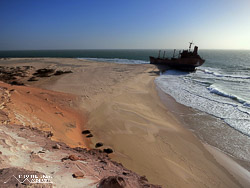
Years ago, Nouadhibou was so poor and corrupt that local officials let ship captains scuttle their boats here in exchange for bribes. South of the town an array of beached ships line the coast, rusting away in solitude. On the edge of town in this direction, to the left past an abandoned partially stripped car and a dead goat lying in a pile of garbage there is a sort of salvage yard/hardware store. The narrow alleyways are lined with makeshift shacks selling all kinds of scavenged boat parts and other hardware. All of it is intricately laid out in rusted precision for the zero customers that were there. It was one part antique store and one part marine surplus store. The few local shopkeepers eyed me strangely as I walked through there and were not pleased to have their stores photographed.
Despite past miseries, it seems that things are picking up somewhat for the city. There is ongoing construction to build a new modern container port which is being jointly financed with the Chinese government. It seems a peculiar place for the Chinese to be investing but it is probably due to the abundant fish reserves as well as oil and gas that seems to driving the economic regeneration. There are even a multitude of wind turbines dotting the skyline past town.
The paved road continues, past a dead dog on the side of the road, paralleling the train tracks where one of the longest trains in the world rumbles in daily from the heart of the desert carrying iron ore from the mine in Zouerat. The paved road ends at the gates of the oil and gas refinery, but there is still about five miles of land left on the peninsula.
Turning off the paved road and following the unmarked tracks in the dirt leads to Cape Blanc, the southernmost point on the peninsula. My driver had never been this way before so he had to ask directions and a few times we lost the “road” entirely. It was hard to stray too far as in the distance we could make out the tall lighthouse marking the destination. At the end of the road we reached a gate and an unmanned ticket booth. The wind whipped across the sandy and rocky landscape at a good 30 to 40 miles per hour in the early morning sunlight. The pockmarked lighthouse looked to be in need of refurbishment, and seemed to be abandoned with the door left open and eight car batteries daisy chained together to provide electrical power.
Resting deep in the sand below the cliffs and lashed by the wind driven waves the rusting hulk of a ship run aground was dwarfed by the enormity of the landscape. The edges of the cliff had been chiseled into razor sharp edges by the wind that allowed the sea birds to soar above. By the edge of the cliff a marker stood on its own. Its commemorating plaque had long since disappeared, having been stolen or slowly eroded away. It was the kind of unknown and obscure monument in such a far flung place that made you feel like you were at the end of the Earth; in a place that could never be tamed.
